
4-Step Guide to Installing RV Solar Power
Step 1: Mount Your Solar Panels Step 2: Run Your Wiring Step 3: Connect Your Charge Controller Step 4: Install your Inverter (Optional)
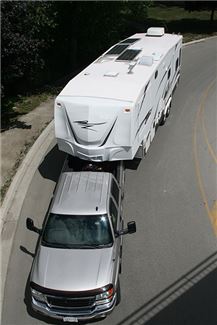
Getting Started with RV Solar
Solar Install Safety Tips
Always review any safety instructions included with your solar kit before beginning installation Avoid touching electrically active components, such as terminals, when the panel is exposed to light (even indoors) Don't install your panels in inclement weather if installing outdoors Cover panels with a cloth or other material, such as the boxes the panels came in, to prevent them becoming charged during installation Don't sit or step on your panels
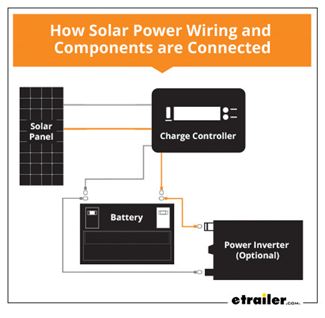
Step 1: Mount Your Solar Panels
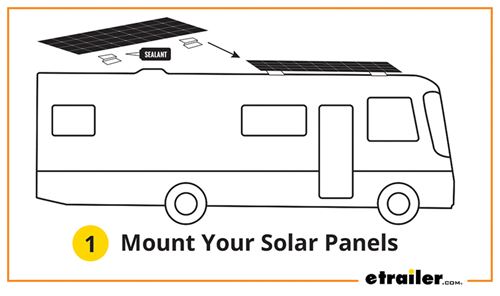
Step 2: Run Your Wiring
Refrigerator vent: This is usually the simplest method (and the most common). Why put extra holes in your RV if you don't have to? Plumbing pipe: Perhaps your fridge vent is located in a slide out, or it's located a long way from the battery compartment, near which you'll install the charge controller. In this case, it may be worth running the wire through or beside the plumbing pipe and applying sealant around any holes you make. Drilling: If nothing else, you can always drill a new hole where you need it. Try to drill near a cabinet or interior wall so you can hide the wire inside the RV. Make sure to use sealant or a weatherproof entry port.
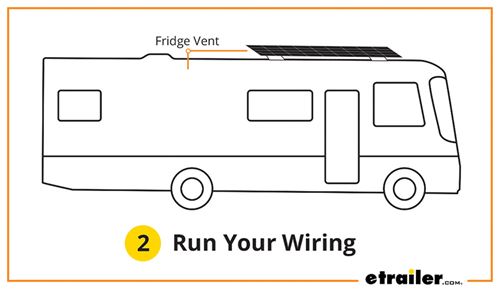
Step 3: Connect Your Charge Controller
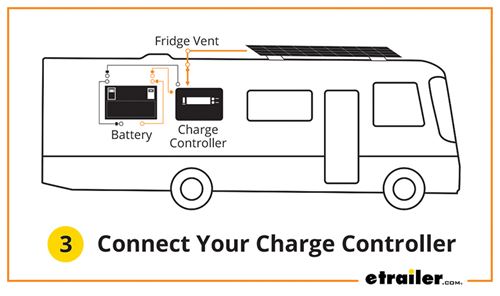
Step 4: Install your Inverter (Optional)
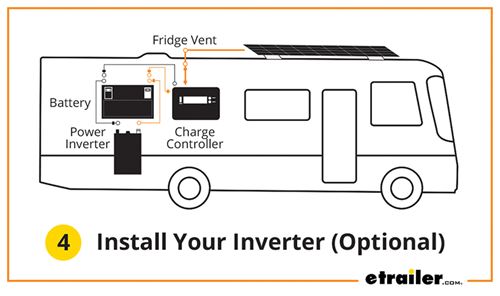


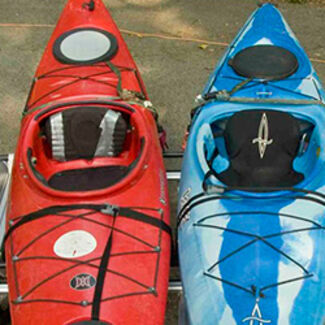
William
2/21/2022
Two questions: Can you use 3M VHB tape to mount the rigid solar panels instead of drilling holes? If you have an inverter already installed in your RV, do you hook the wires from the solar panels directly to the inverter, not the coach battery?

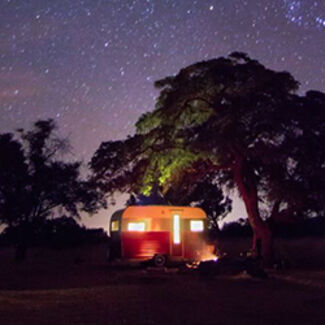
Paul T.
11/30/2021
I am trying to find whether the panel brackets can be screwed into the roof and luan at any location on the roof or should only be screwed in where there is underlying framing (which would limit panel location options)? I have an E-Pro E19FBS and unfortunately it looks like the framing only goes around the edge and down the center lengthwise so don't see how I can attach both sides of the panel at framing locations. Contacted the factory but they just sent a brochure which didn't really answer that question. I bought 2 go power 190w expansion kits from etrailer which is what I would like to add.

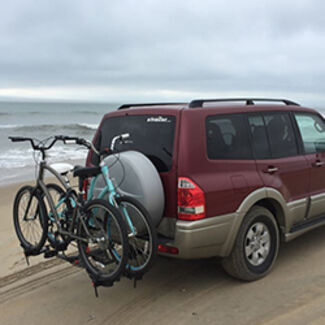
Mark T.
3/26/2021
i have a 2006 rv with gen and converter and auto transfer relay wired to fuse panel. i installed 4 solar panel kit. i plan on installing 2000 watt inverter\charger with built in auto transfer switch, but i do not know where to hook the wires from the inverter to rv exactly so it does not interfere with the converter or shore power

Departments
Towing
- Trailer Hitch
- Fifth Wheel
- Gooseneck
- Towing a Vehicle
- Front Hitch
- RV Hitch
- ATV Hitch
- HD Truck Hitch
- Vehicle Wiring
- Brake Controller
- Ball Mounts
- Weight Distribution
Sports and Recreation
Trailer Parts
- Utility Trailer
- Boat Trailer
- Landscape Trailer
- Enclosed Trailer
- 5th/Camper Trailer
- Car Hauler
- Horse Trailer
Vehicle
Contact & Help

What our customers are saying:
"I like the easy of navigation through the site. It only took me a couple of minutes to place my order. Thank You I will shop this sight again in the future."
Popular Vehicles
- Subaru Forester
- Ford F-350 Super Duty
- Ford F-250 Super Duty
- Chevrolet Silverado 1500
- Jeep Wrangler Unlimited
- Jeep Wrangler
- Ram 3500
- Toyota Highlander
- Ram 2500
- Chevrolet Silverado 2500
- Subaru Outback Wagon
- Chevrolet Silverado
- Dodge Ram Pickup
- GMC Sierra 2500
- Ram 1500
- Ford F-250 and F-350 Super Duty
- Jeep Grand Cherokee
- Toyota Tacoma
- GMC Sierra 3500
- Toyota Tundra
- Ford Escape
- More >>


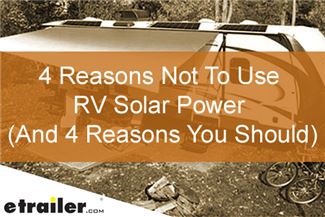
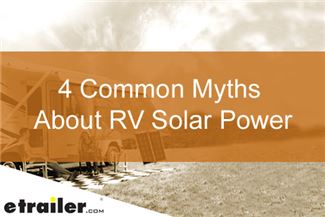
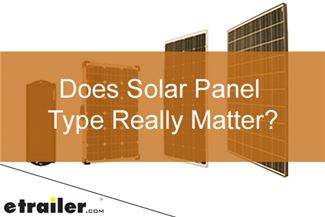
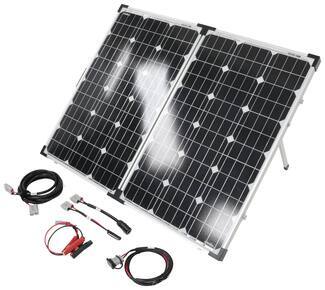
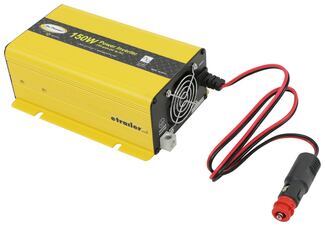
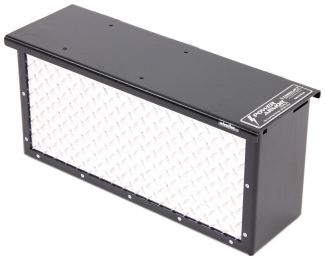

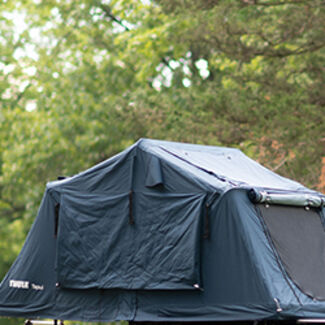















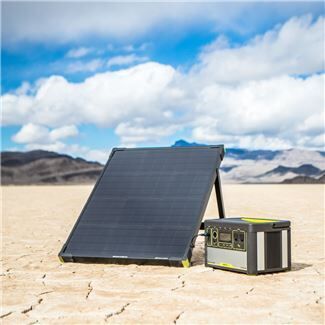










Jimmy S.
6/21/2022
We purchased a smaller 6w solar panel to maintain the battery on our travel trailer. Looking for mounting ideas other than the roof, since this a relatively small solar panel. Ideas?